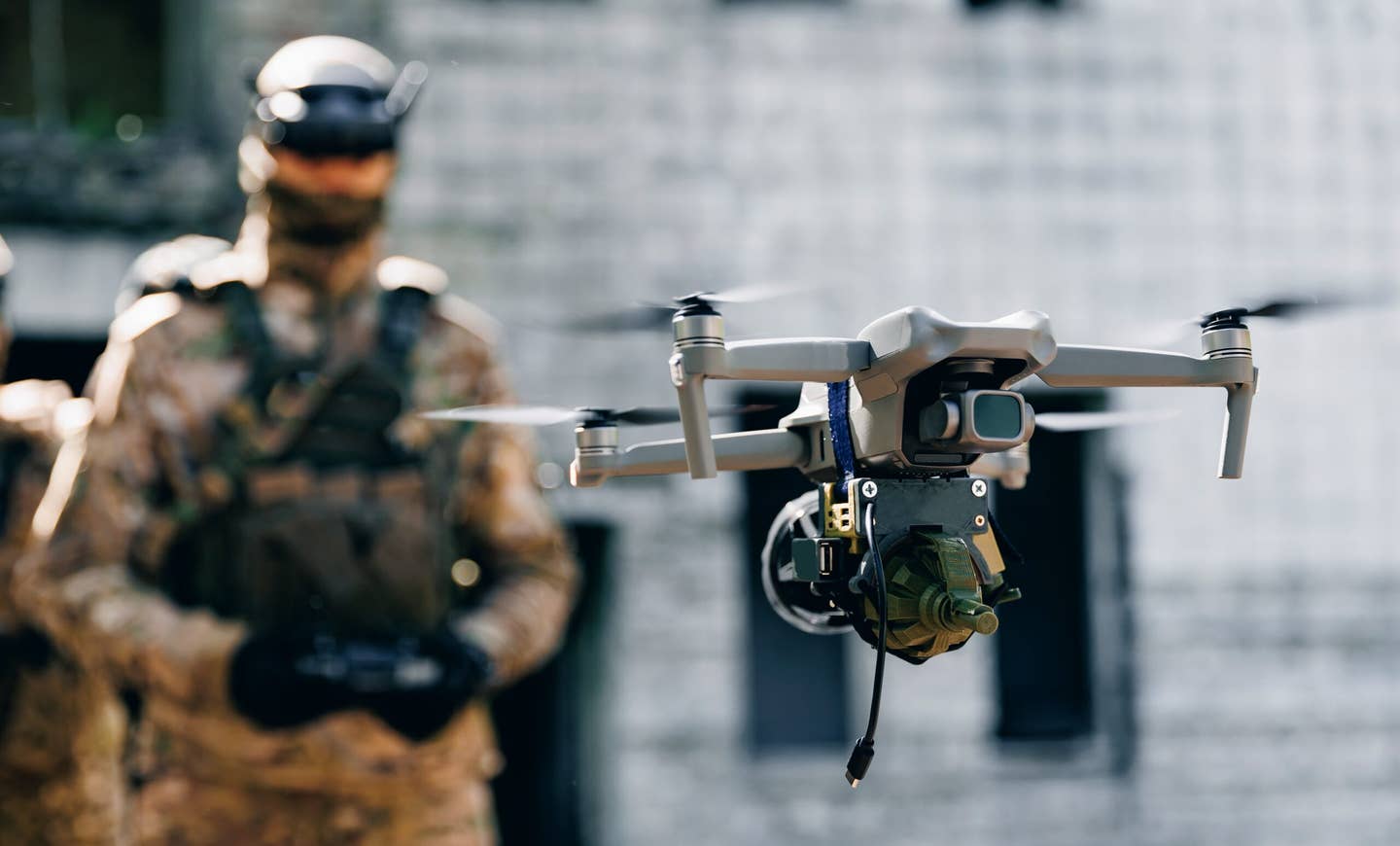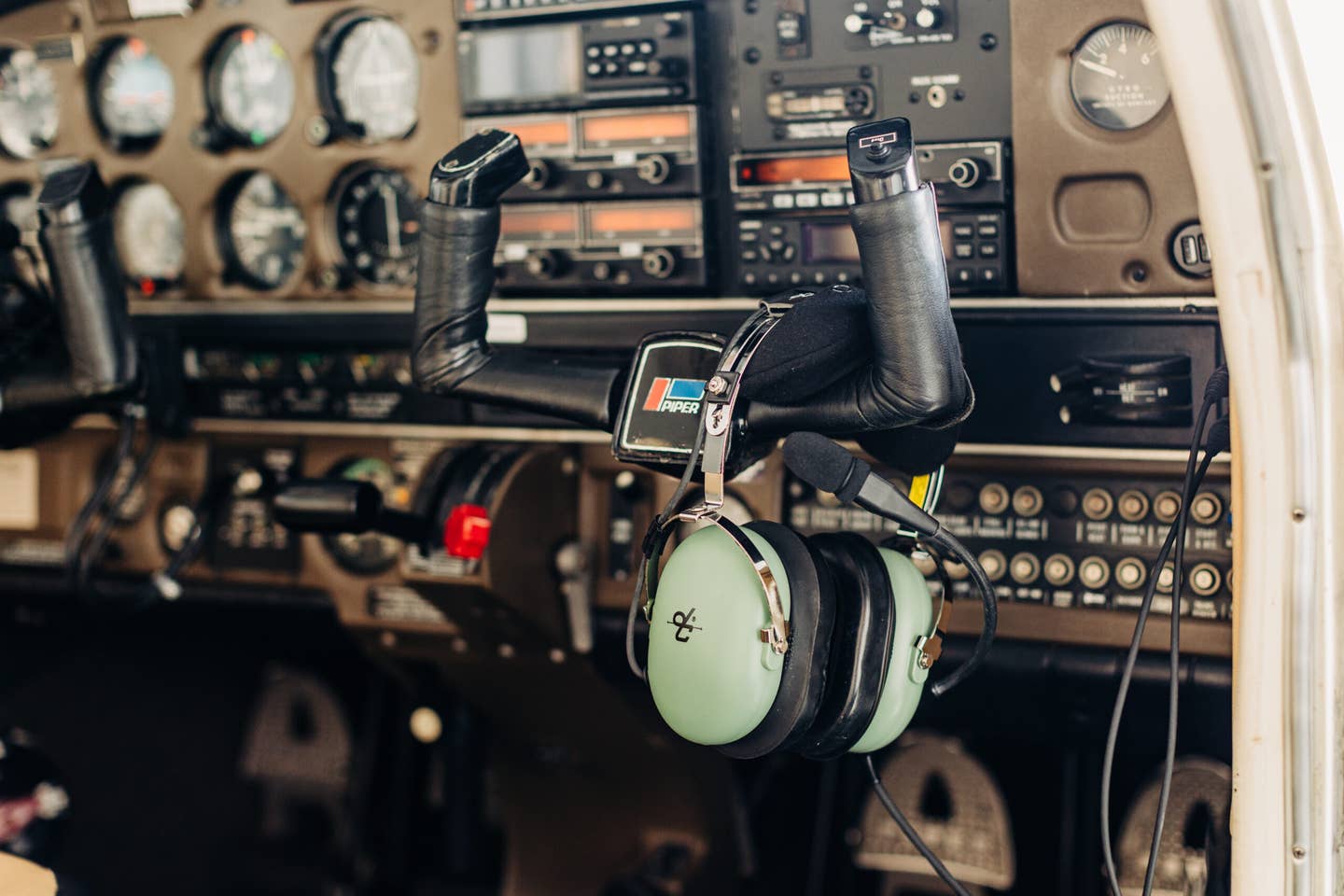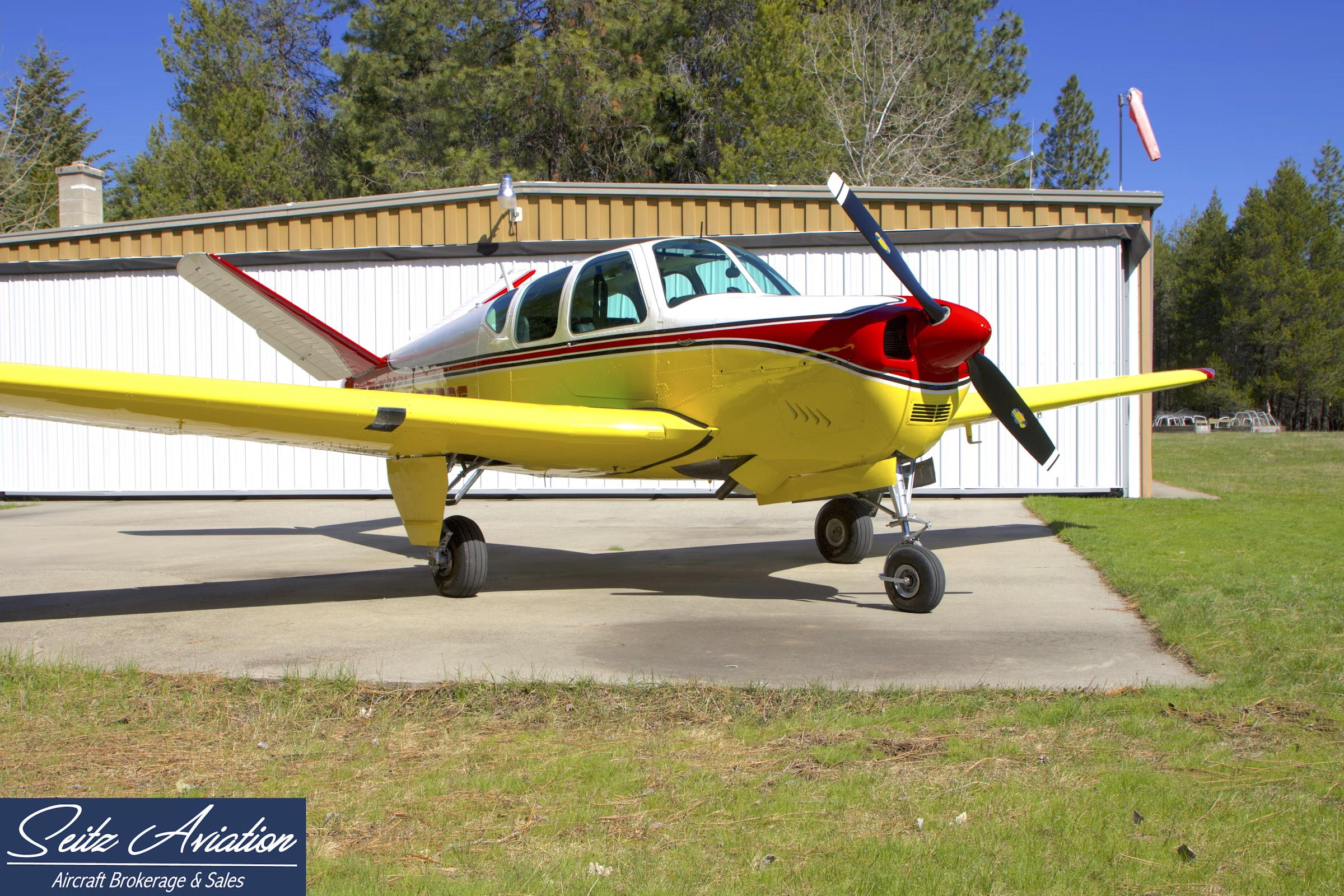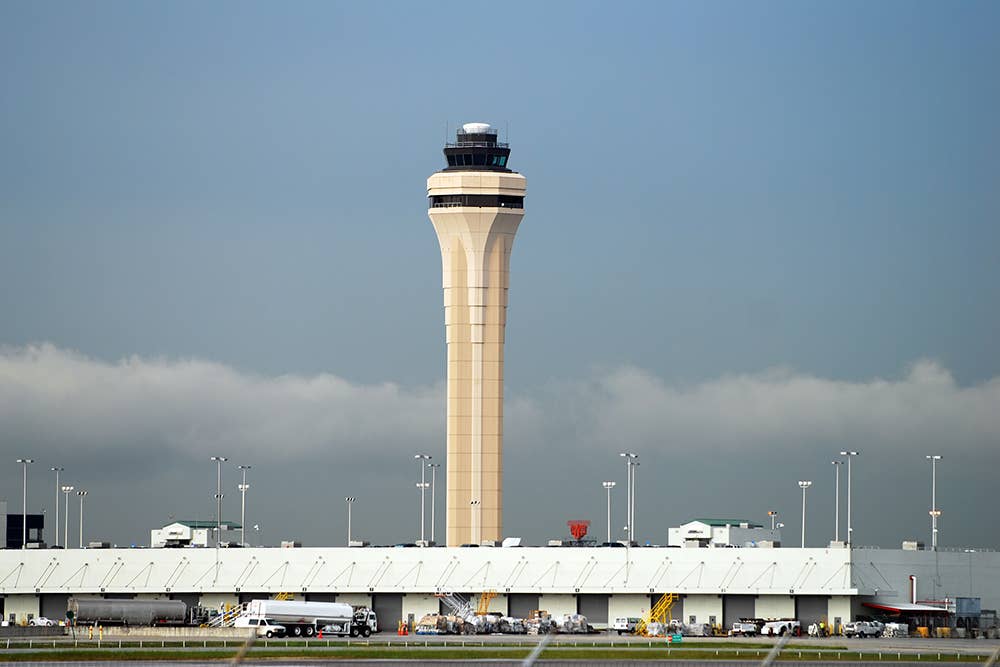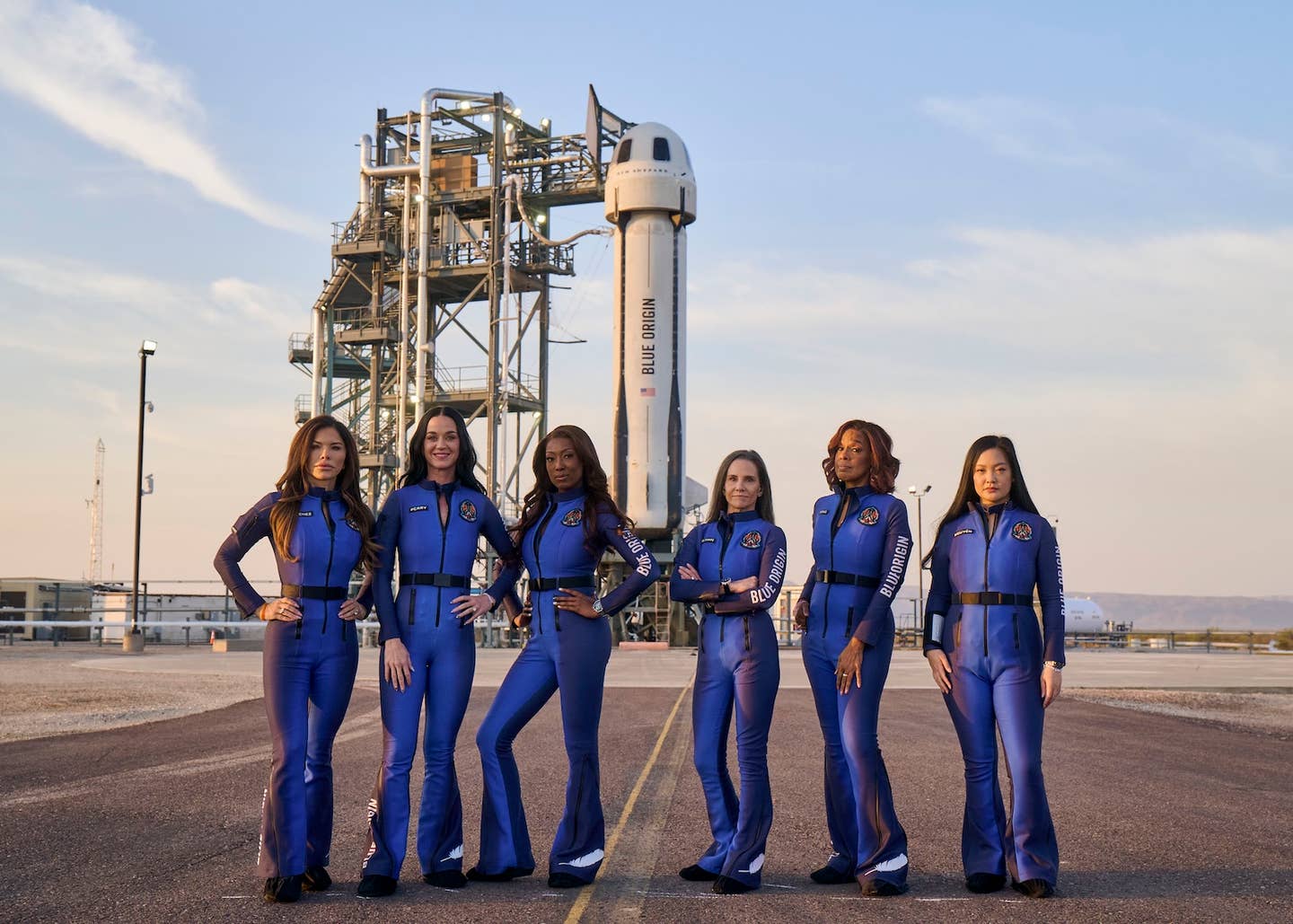U.S. Military Gets First Look at Ultra Short Aircraft
Manufacturer Electra performs demonstration flights for the military under a $85 million contract with the U.S. Air Force.
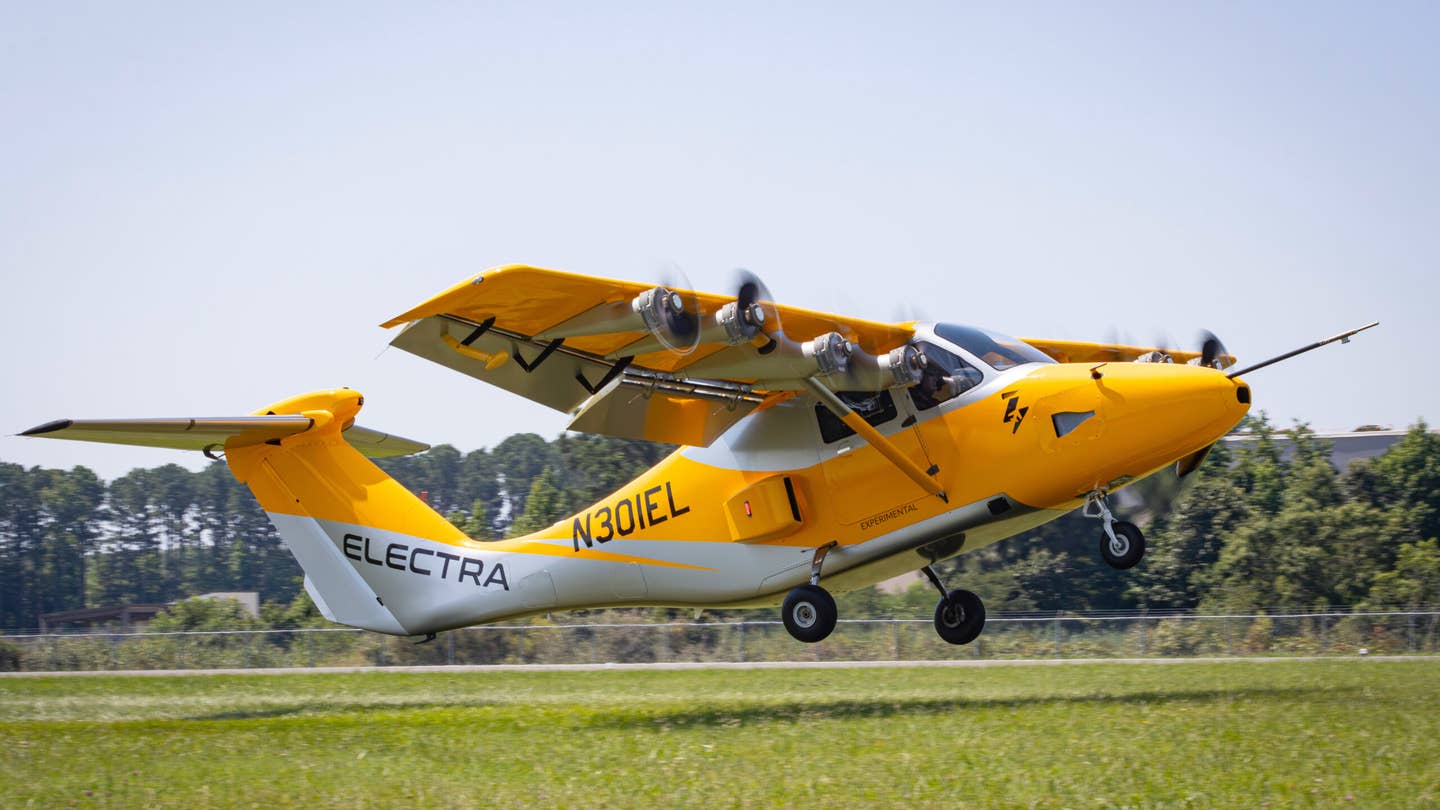
Electra’s hybrid-electric, ultra short aircraft lifts off for a demonstration flight from Felker Army Airfield (KFAF) at Joint Base Langley-Eustis (KLFI) in Virginia. [Courtesy: Electra]
The U.S. military this week got its first look at a hybrid-electric aircraft designed to take off and land in areas as small as a soccer field.
Ultra short aircraft manufacturer Electra on Monday announced that it completed successful demonstration flights of its EL-2 Goldfinch prototype at Marine Corps Air Facility Quantico (KNYG) and Felker Army Airfield (KFAF) at Joint Base Langley-Eustis (KLFI) in Virginia. U.S. Army, Navy, and Air Force personnel were present for the demonstrations, which were the first Electra has performed for the military, the firm told FLYING.
Electra’s nine-passenger design has garnered contracts from the Air Force, Army, and Navy, which view it as a potential game-changer for military resupply missions, tactical insertions, and medical evacuations. The firm is also backed by Lockheed Martin.
The demonstrations at Joint Base Langley-Eustis were conducted under a strategic funding increase (STRATFI) agreement with AFWERX, the Air Force’s innovation arm, worth up to $85 million. AFWERX offers a quid pro quo arrangement, providing electric aircraft manufacturers and other developers of novel aviation technology with a sandbox in which to mature their systems. In return, the military gets early access to non-commercially available designs.
“This aircraft’s efficient, quiet, and sustainable operations align with military objectives for contested and expeditionary logistics,” said Jacob Wilson, acting branch chief of AFWERX’s Agility Prime division dedicated to electric and autonomous models. “Its hybrid-electric propulsion system provides extended range and endurance, making it suitable for Agile Combat Employment missions in austere locations with compromised or nonexistent runways.”
The Goldfinch uses a unique blown-lift mechanism to amplify lift, allowing it to take off at what the company describes as neighborhood driving speeds. This reduces the vehicle’s runway requirement to just 150 feet, allowing it to operate from locations with a closed or damaged runway, including ships or barges.
Electra test pilot Cody Allee took the Goldfinch through a series of grass field takeoffs and landings, with no ground infrastructure required. The company describes the aircraft as a “mobile power generator” offering 600 kilowatts of continuous power, capable of reaching 1 megawatt in “short bursts.” According to the firm, its fuel consumption is one-third that of helicopters performing the same mission.
Allee flew 150-foot radius turns to showcase the aircraft’s maneuverability at low speed and altitude. The test pilot also helped demonstrate a mobile power generation display, using the aircraft’s power supply to fire up its own sound system and preflight presentation equipment.
“These flight demonstrations mark a significant milestone for Electra as we show the capabilities of the technology in the real-world,” said JP Stewart, vice president and general manager of Electra. “Our ultra short aircraft make it possible to operate from austere locations previously only reachable by helicopters, with 70 percent lower costs and very quiet operations.”
Electra in January said it surpassed 2,000 orders for its flagship design, with commercial customers including regional air carrier JSX, helicopter operator Bristow Group, and private charter marketplace JetSetGo. But as the company continues to refine its design, military customers will get their hands on it first.
Like this story? We think you'll also like the Future of FLYING newsletter sent every Thursday afternoon. Sign up now.

Sign-up for newsletters & special offers!
Get the latest FLYING stories & special offers delivered directly to your inbox

